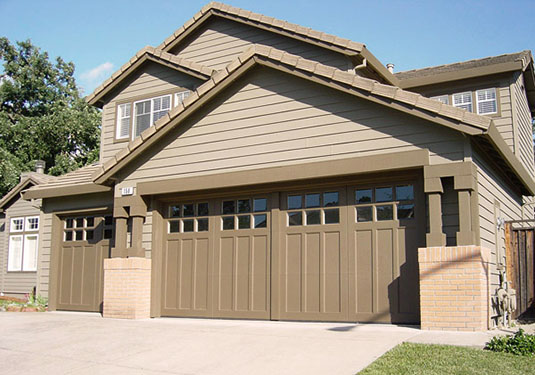I spent part of the weekend down in Orange County, looking at birds, then the better part of an hour scrolling around on Google Maps, trying to figure out where we’d been all day.
 [Image: Courtesy Google Maps.]
[Image: Courtesy Google Maps.]
In the process, I noticed some incredible street names. I love this development, for example, with its absurdist, greeting-card geography: you can meet someone at the corner of Luminous and Dreamlight, or rendezvous with your Romeo on the thin spit of land where Silhouette meets Balcony.
The same development has streets called Symphony, Pageantry, and Ambiance—and don’t miss “Momento” [sic]. Nearby is a street called Heather Mist.
I live on Yacht Defender; please leave my packages at the front door.
 [Image: Courtesy Google Maps.]
[Image: Courtesy Google Maps.]
As you can probably tell, I have nothing particularly interesting to say about this; I’m just marveling at suburban naming conventions. I’m reminded of when we moved back to L.A. a few years ago and we were looking for paint colors, finding shades like “Online,” “Software,” and “Cyberspace.” A paint called “Download.”
A beautiful new house on Firmware Update, painted entirely in Autocomplete. Spellcheck Lane, painted in a color called Ducking.
 [Image: Courtesy Google Maps.]
[Image: Courtesy Google Maps.]
In any case, Orange County is actually a fascinating, Ballardian landscape of freeways built for no apparent reason other than to connect one grocery store to the next as fast as possible, residential subdivisions forming interrupted crystal-tiling patterns, migratory bird species flying over car parks, and vaguely named corporate research centers on the rims of artificial reservoirs.
Anecdotally, it has always seemed to me that fans of J.G. Ballard—or ostensible fans of J.G. Ballard—are suspiciously quick in condemning the very landscapes where so many of Ballard’s best stories take place, the suburban business parks, toll motorways, and heavily-policed private infrastructures of real estate developments outside London, in the south of France, or here in Orange County, where subdivisions seem named after the very animals whose ecosystems were destroyed during construction.
But, I mean, come on—where else should a J.G. Ballard fan read Concrete Island or Super-Cannes than in a $3 million rented home on Gentle Breeze, pulling monthly paychecks from ambiguously-defined consultant-engineering gigs, studying schematic diagrams for water-treatment plants at your kitchen table, all while driving a leased luxury car?
One such engineering firm, based near the developments described here, describes its expertise as tackling “earth-related problems” on “earth-related projects.” Earth-related problems. There should be a DSM-5 entry for that.
 [Image: Courtesy Google Maps.]
[Image: Courtesy Google Maps.]
Anyway, all future Ballard conventions should take place in landscapes like this—enormous rented homes impossible to climate-control, overlooking electric-SUV dealerships constructed atop former egret nesting grounds—at the metaphorical intersection of Luminous and Dreamlight.
 [Image: Unrelated photo of an
[Image: Unrelated photo of an  [Image: “
[Image: “
 1) The U.S. Navy has been using a radio signal that seems to interfere with
1) The U.S. Navy has been using a radio signal that seems to interfere with  [Image: If Hulk Hogan pushes real hard, his garage door opens].
[Image: If Hulk Hogan pushes real hard, his garage door opens].